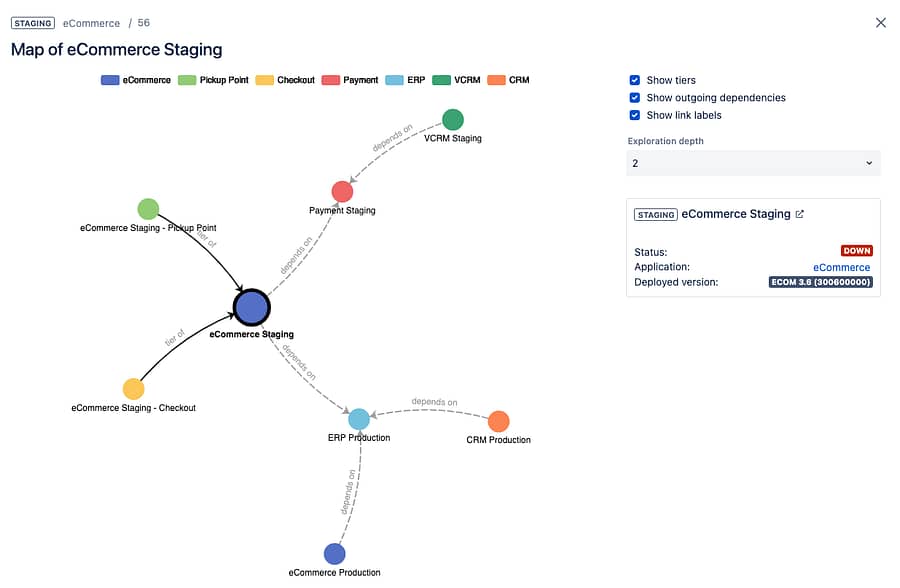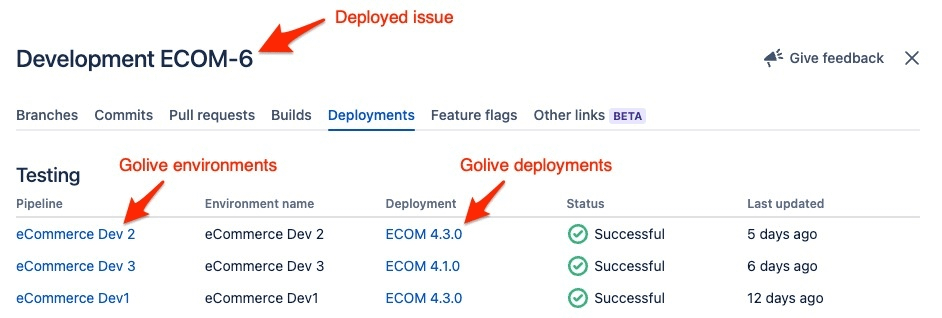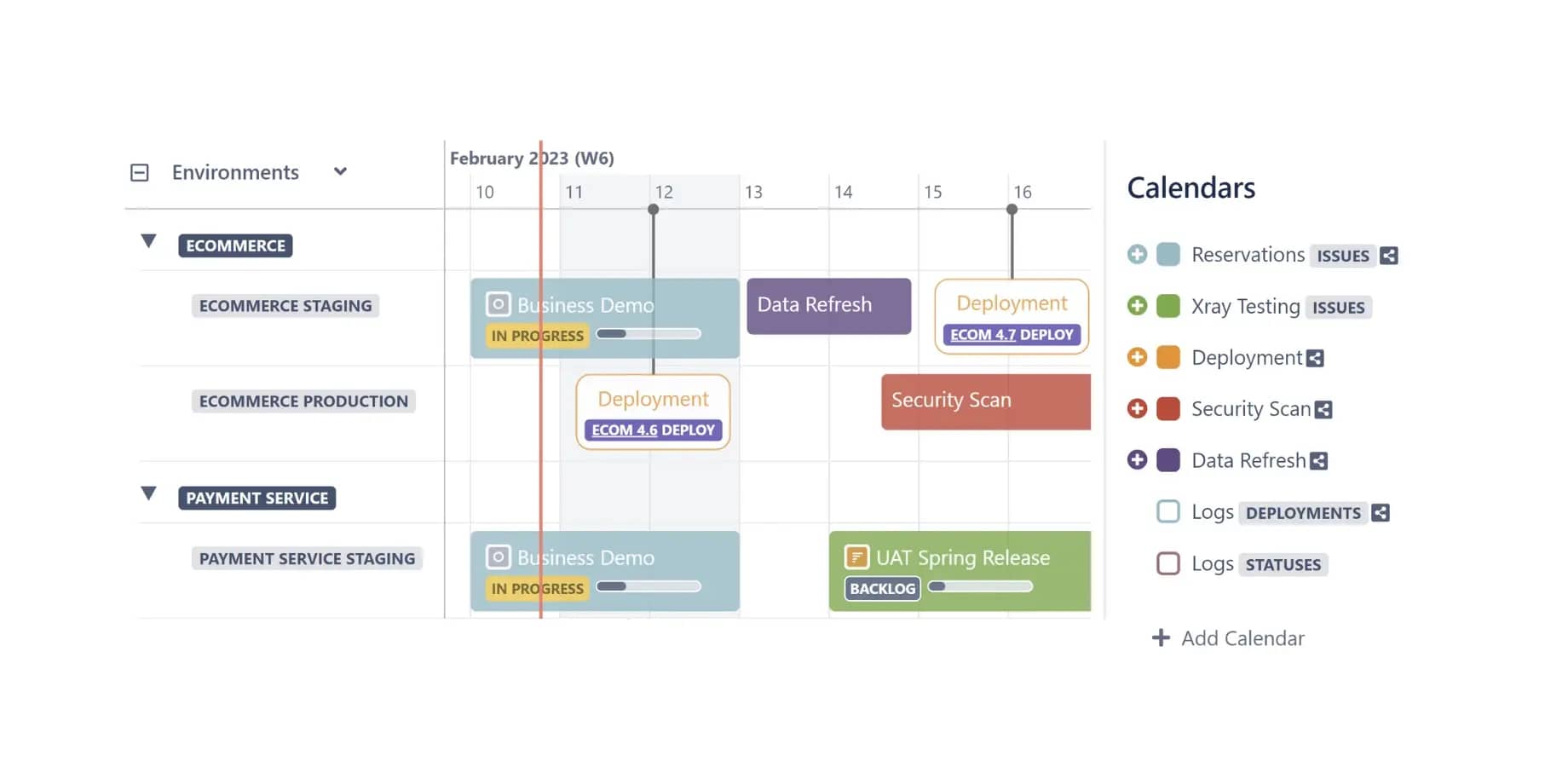Picture this: a high-stakes game of Jenga, where the delicate balance of a towering structure hangs in the balance with each move. Now, imagine that same level of tension and precision applied to the realm of Test Environment Management. Welcome to the world of 'Test Environment Jenga,' where the stability of your software testing efforts rests on the careful placement of components.
In this article, we unravel the secrets to avoiding a catastrophic collapse and how Golive empowers you to balance dependencies for a stable QA foundation.
Understanding Test Environment Dependencies
Test environments play a critical role in ensuring the reliability and functionality of applications in the world of software development. However, these test environments often consist of a complex web of dependencies that can create a delicate balance.
Test environment dependencies refer to the relationships and connections between various components and resources required for testing software. In software testing, most details and components are interconnected, and changing any one of these will have an impact on the other components.
These dependencies can include hardware, software, networks, databases, and external services. When these dependencies are not correctly identified and managed, it can lead to issues such as conflicting configurations, incompatible versions, and inadequate resources. Identifying and managing these dependencies is crucial for maintaining a stable and efficient quality assurance (QA) process.
Introducing The Test Environment Jenga Analogy
To better understand the impact of unbalanced dependencies, let's look at the game of Jenga. In Jenga, players take turns removing blocks from a tower and placing them on top, creating a taller and more precarious structure. The balance of the tower depends on the precise placement of each block. If a block is removed without considering the overall structure, the tower can collapse.
Similarly, in QA, each dependency impacts the other aspects, and the balance of the overall test environment is affected when any dependency is changed or removed. If a test environment dependency is disrupted or mismanaged, the test environment can collapse, resulting in instability and unreliable test results.
Challenges in Balancing Dependencies
As a result of this interconnected nature, managing test environment dependencies can be a complex and challenging task. In large-scale projects, there may be numerous interdependencies between various components, making it difficult to keep track of them all. Changes in one dependency can have a cascading effect, impacting other components and causing compatibility issues. Moreover, the more changes are made, the more difficult it is to track these dependencies and fix them.
Dependency management is hence crucial for identifying, tracking, and fixing dependencies, whether for quality assurance or security and general compliance. Without efficient dependency management, QA teams can spend significant time and effort troubleshooting and resolving issues, which can be better used focusing on actual testing.
Dependency Management with Jira and Golive
To address the challenges of managing test environment dependencies, the Golive Jira App offers a comprehensive solution. Seamlessly integrated into the Jira platform, it provides a range of features specifically designed for dependency management.
One of the key features Golive offers is the Environment Spider Map, which enables QA teams to easily map and visualize dependencies. This visual representation helps teams gain a clear understanding of the relationships between components and identify potential weak points or areas that require attention to maintain stability. By having a visual overview, teams can make informed decisions and proactively manage dependencies.

Another valuable capability of Golive is its Deployment Management functionality, which is fully integrated with Jira. This feature allows teams to track deployments at the release or Jira issue level, ensuring compatibility and minimizing disruptions caused by changes. By keeping a record of all deployments and their impact on the test environment, teams can avoid conflicts and maintain a smooth testing process.

Additionally, the Golive App offers booking and scheduling functionalities to prevent conflicts and keep teams up-to-date on all activities impacting their environments. With the ability to manage bookings and schedules through a centralized system, teams can efficiently allocate resources, avoid overlaps, and ensure that necessary resources are available when needed. This streamlined approach helps optimize the utilization of resources and reduces inefficiencies caused by conflicts.

Furthermore, Golive encourages collaboration among QA teams, developers, release managers, and other stakeholders. By providing a shared space for discussing and addressing dependencies, it fosters a collaborative approach to managing test environments. Increased visibility of environment information and timelines enables teams to work together, align their efforts, and address dependencies effectively. This collaborative environment promotes efficiency and enhances the overall quality of the software testing process.
Unmanaged or mismanaged dependencies can lead to instability, unreliable test results, and wasted resources. Hence, balancing these test environment dependencies is crucial for establishing stable QA foundations and delivering high-quality software products.
Ready to better visualize and manage your dependencies?
With Golive, you can ensure the stability of your test environment, enhance collaboration among teams, and achieve reliable and efficient software testing.
Remember, just like in the game of Jenga, a stable and well-balanced test environment is built upon the careful placement and management of dependencies. Golive empowers you to master the art of Test Environment Jenga and create a solid foundation for your QA efforts. So, let's embark on this journey together and build a stable and reliable test environment that supports your software testing goals.
Start your free Golive trial today and experience the power of comprehensive dependency management integrated with Jira.
Transform your Test Environment Management with Apwide Golive:
Leading companies have already Golive as part of their DevOps toolchain:





Free trial / Free forever up to 10 Jira Cloud users!


